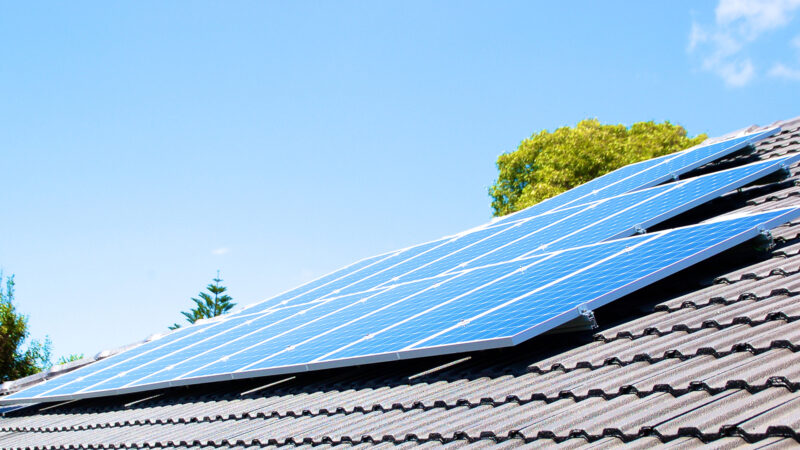How can your business reduce its carbon footprint?
Where do I start?
Reducing your personal or business carbon footprint is largely the same process, but focusing on different aspects of how you generate emissions in the first place.



Shrinking your footprint at home, can be simple lifestyle choices and habits. Shopping better and recycling more.
In the office, managers often don’t know where to start to shrink the corporate footprint as there are so many more moving parts. A move towards carbon zero requires a more organized regime, with annual KPI targets and audits. Sometimes customer pressure to go greener can be a huge driver. For example, large supermarket chains like Coles and Woolworths will ask their supply chain what they are doing to lower their carbon footprint. Business managers need to have answers and a bold plan or they could miss out on business in favour of a greener supplier.
Carbon Border Tax
Some heavily polluting businesses simply can’t get to carbon zero. Talk of a carbon border tax for goods exported from Australia to the EU is new, and might be a powerful incentive to buy what’s called “carbon offset credits”. This creates opportunities for some businesses such as farmers, but not for most. To avoid being disadvantaged businesses need to start planning for a low carbon future.

Establish a Baseline
To establish the businesses baseline carbon footprint, it is important to understand there are two sources, baseline, and primary carbon.
Primary footprint is the sum of direct emissions of greenhouse gases from the burning of fossil fuels for energy consumption and transportation. The secondary footprint is the sum of indirect emissions of greenhouse gases during the life cycle of products used by an organisation. For the purposes of this discussion, we will just look at primary carbon.
Businesses typically emit exponentially more carbon than individuals — after all, industrial products and services often create very high amounts of carbon dioxide over their life cycle. The flip side to this is that businesses have the ability to significantly reduce carbon dioxide emissions by changing how business is done. There are often incentives which can be significant financially, but social and environmental outcomes offer more than just a feel good marketing opportunity. As consumers shift towards low carbon businesses, this creates new ways to deliver goods and services that are more sustainable. Businesses who have made the shift will be more competitive and increase market share.
The Tools and Help you Need
ABS has a carbon tracker and assessment tool that will cover your power and gas, water, fossil fuel usage and waste calculator. Once you have established what your base line is, its up to the business owners and stakeholders to decide an annual reduction target. We can help you write and implement that plan and what it will cost.
There are big subsidies for things like commercial solar and swapping power and gas contracts to renewable energy sources can get businesses off to a flying start. Often this can actually save businesses money from day one. Using less water, grey water recycling and reviewing heat management in production processes can be done sometimes with the help of a government grant and again lower overheads.
As the carbon shoe size starts to shrink there are unintended benefits. If you are an exporter you have reduced automatically your potential carbon border tax into Europe. If you would like to find out more about how going cleaner and greener can save your business money, contact us for a free no obligation conversation at info@abses.com.au.



























